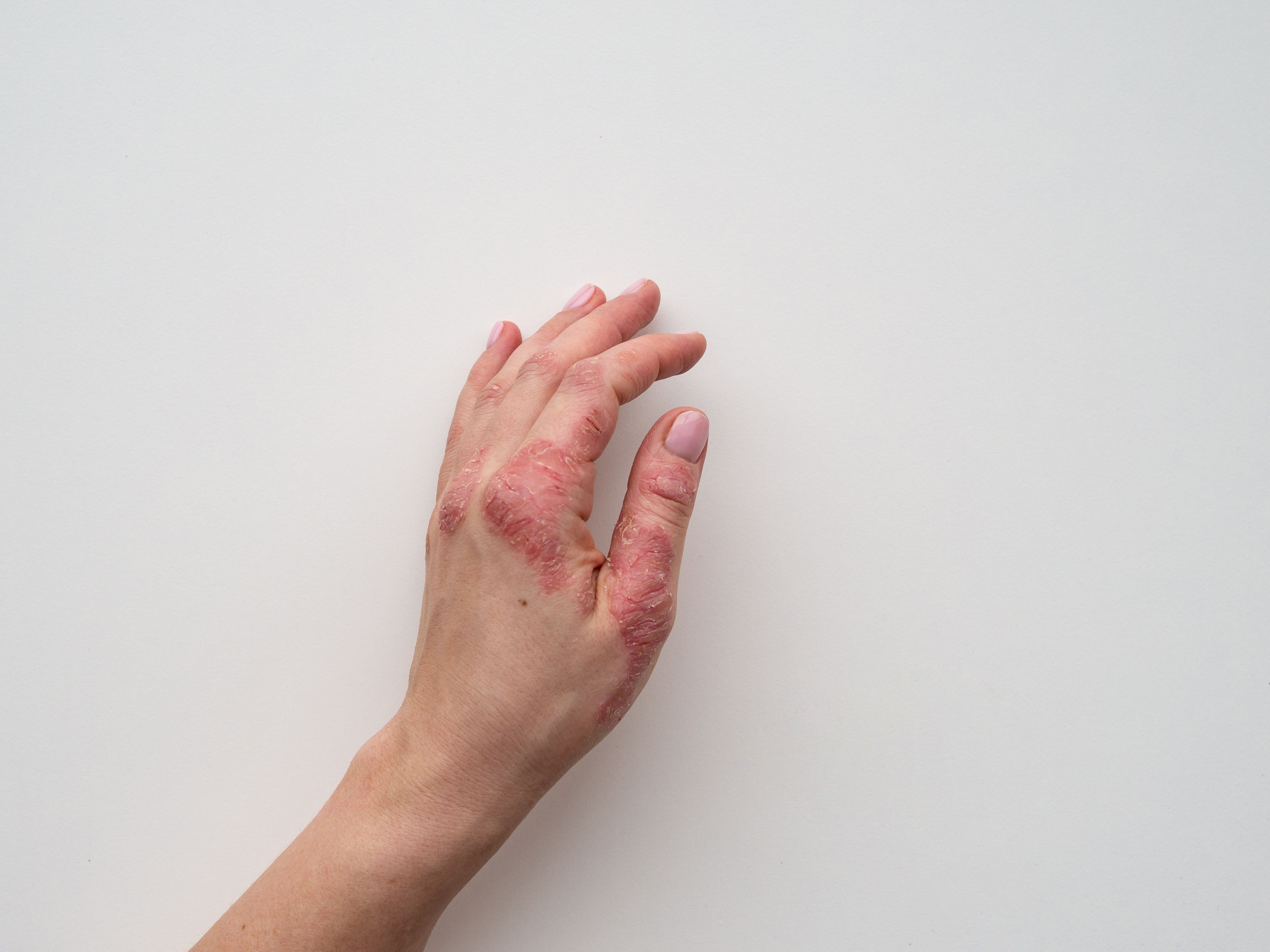News
Article
Digital Health Interventions May Improve Efficacy, Efficiency of Care in Dermatology
Author(s):
Researchers conducted systematic mapping of relevant digital health intervention literature to determine the impact of these interventions on dermatologic care outcomes.
This article was originally published on Dermatology Times®. It has been lightly edited.
In dermatology, digital health interventions (DHIs) may play a role in improving the efficacy and efficiency of patient care, according to researchers behind a recent systematic review1 and mapping.
DHIs, first classified by the World Health Organization (WHO) in 2018,2 include telemedicine, mobile health, wearable technologies, and artificial intelligence (AI) algorithms. Citing evidence demonstrating the benefits of telemedicine as a DHI—for example, reduced wait times, high patient satisfaction, and comparable diagnostic accuracy—researchers Reinders et al sought to systematically map and cluster studies relevant to DHI.
“Improvements can be achieved by data-supported decision-making in diagnosis and treatment, enhanced communication between individuals involved in the process of care, improved self-management by patients with long-term conditions, but also through effective promotion of healthy behaviors,” according to Reinders et al.
In August 2022, researchers conducted a review of the MEDLINE (PubMed) database in order to search for relevant original studies assessing the use of DHIs in dermatology. Search terms included “digital health,” “eHealth,” “online health,” “mHealth,” “artificial intelligence,” and a variety of dermatologic conditions.
Studies conducted or published before 2010 were excluded from the analysis due to a difference in technology and technological advancements made in the following years. Studies included in the systematic mapping used quantitative measures, and any studies related to the use of AI algorithms were required to compare the algorithm to human-provided standard of care in a real-world setting or in a market-available application.
A team of 2 to 3 researchers (depending on ambiguity of studies being assessed) reviewed the titles and abstracts of all extracted studies for eligibility and relevance. Extracted data included general study characteristics such as study design, publication year, country of study origin, number of patients involved, and whether or not the study was a follow-up study.
Researchers also extracted DHI-specific data such as WHO classifications of DHI, diagnosis and diagnostics, triage and referral, monitoring and follow-up, prevention, therapy or support, and health care personnel education. Health care personnel were then classified as either clients, HCPs, or a combination of both.
DHIs were analyzed based on efficacy, efficiency, diagnostic performance, usability, and acceptance. In total, 403 studies were included in the review.
Researchers noted that there had been a general increase in the number of DHI-related studies in recent years, especially due to store-and-forward (S&F) teledermatology and image analysis through AI, most notably correlated with HCPs.
Skin cancer identification accounted for the focus of 148 of the total studies, being the most common DHI target. Other dermatologic conditions such as acne vulgaris, atopic dermatitis, psoriasis, and wounds, were also included in DHI research, though on a lesser scale.
“We identified a strong upward trend towards more studies in recent years. The trend was especially driven by studies on S&F teledermatology and artificial intelligence applications. Furthermore, the studies were largely aimed at skin cancer and often targeted healthcare providers as DHI users,” according to Reinders et al. “A diverse range of DHIs targeting different user groups for various purposes and indications were evaluated, highlighting the vast potential for future use of DHIs in dermatology. Nevertheless, to fully comprehend the capabilities of DHIs, additional research is necessary in promising areas such as the management and monitoring of chronic skin diseases and triage of patients.”
References
- Reinders P, Augustin M, Kirsten N, Fleyder A, Otten M. Digital health interventions in dermatology – mapping technology and study parameters of systematically identified publications. J Eur Acad Dermatol Venereol. Published online August 1, 2023. doi:10.1111/jdv.19392
- World Health Organization (WHO). Classification of digital health interventions v1.0: A shared language to describe the uses of digital technology for health. Geneva: World Health Organization (WHO); 2018. https://apps.who.int/iris/bitstream/handle/10665/260480/WHO-RHR-18.06-eng.pdf Accessed on 15.03.2022].




